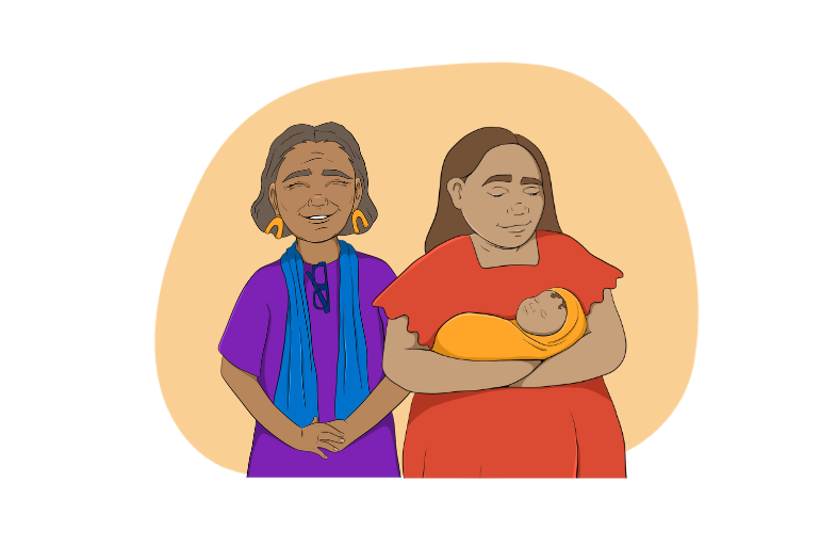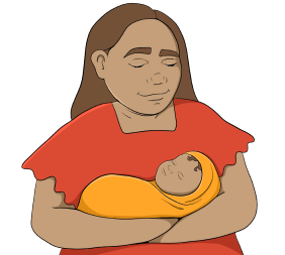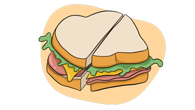
Food storage is all about making sure your food lasts as long as it can. It involves keeping food in the right way to keep it fresh and safe and also keep all of the nutrition.
Why would I do it?
It can limit trips to the shops, keeps your costs down, allows you to buy in bulk if something is on special, and stops food going to waste.
So how do I do it?

Here are some of the places and ways you can store different foods.
Here are some of the places and ways you can store different foods.
Cupboard or shelves
- Uncooked grains, pastas, rice and cereals can be kept in airtight containers, jars or bags along with canned goods.
- Potatoes, onions, garlic and ginger can be kept here if it is cool and dry. Move them to the fridge when they start to age or if you live in a very hot climate.
- Bananas, apples and oranges can be kept in a fruit bowl for a few days and then moved to the fridge. But hotter climates, put them in the fridge as soon as they’re ripe.
- Overripe bananas can be frozen for smoothies and banana bread.
Fridge (below 5°C)
-
Most vegetables are best kept in the fridge.
-
Once you cut any vegetables, cover and keep in the fridge for them to last as long as possible.
-
If vegetables are getting old, they are great to still be used in stews, curries and soups.
-
Keep meats sealed and away from other foods to prevent bacteria. Always keep in fridge or freezer.
-
Leftovers can be stored covered with gladwrap or in airtight containers in the fridge and will last for a few days.
Freezer (below -15°C)
-
Cooked meats and most fruit and vegetables can be frozen.
-
Most meats can be frozen for up to 12months.
-
Stews, soups and curries do well in the freezer if you make a big lot.
-
Ziplock bags are great to seal food and for freezing.
More information
Food tips for FIFO (food that travels well).
How to transport food safely.
View PDF
Food storage
Food storage infographic from Academy of Nutriton and Dietetics.
This site offers information on nutrition and health, from meal planning and prep to choices that can help prevent or manage health conditions and more.
View PDF
Food safety guide
Cooking and reheating meats and proteins.
View PDF




